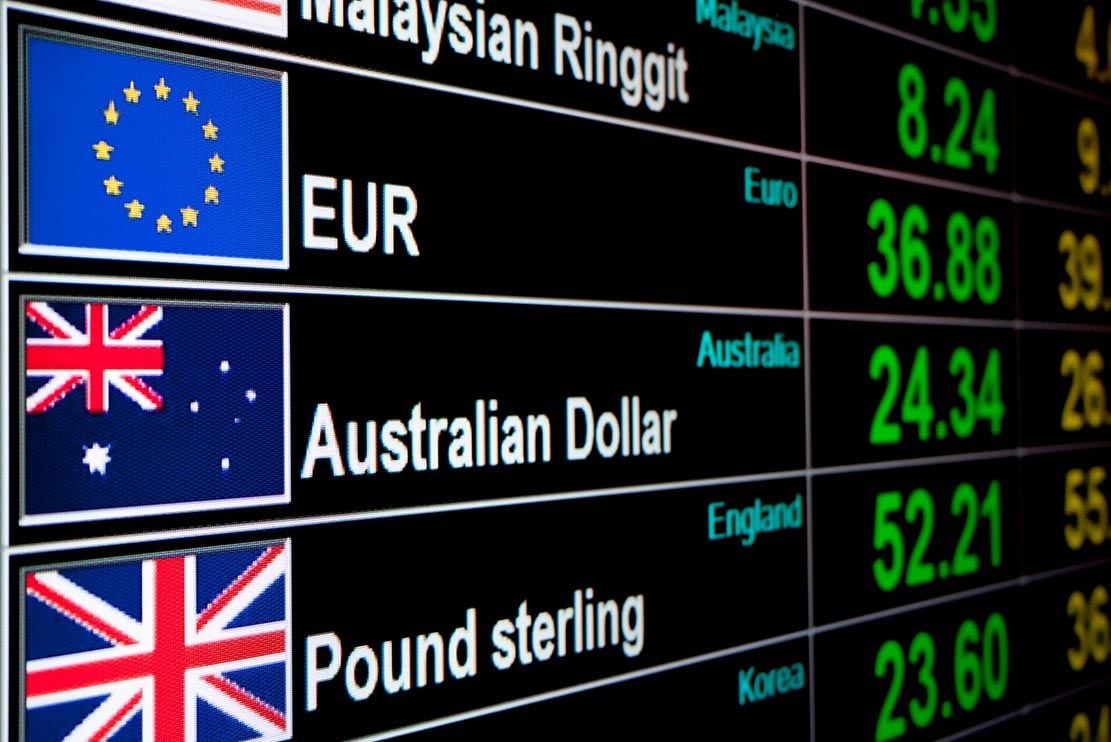Australian Dollar Forecast Lower into Year-end by Rabobank
- Consensus expects stronger AUD
- But Rabobank says it will end year lower
- China and RBA policy to prompt underperformance

Image © Adobe Stock
- GBP/AUD spot rate at time of publication: 1.7918
- Bank transfer rates (indicative guide): 1.7921-1.7416
- Transfer specialist rates (indicative guide): 1.7495-1.7757
- Learn more about transfer specialist rates here
The Australian Dollar is one of 2020's best performing major currencies thanks to a robust recovery in global investor sentiment following the March covid-19 market meltdown, however the remainder of the year should see some of this outperformance reverse according to a leading global investment bank and financial services provider.
The majority of analysts polled by Bloomberg expect the Aussie's 2020 outperformance to extend with consensus forecasts showing it to be higher by the end of 2020, but analysts at Rabobank expect the opposite with their forecasts falling outside of consensus and showing it will end the year lower.
Rabobank expect the U.S. Dollar to do better than consensus as the global economy is expected to slowdown into year-end which typically benefits the 'safe haven' Dollar, in addition the Chinese economy is expected to see economic growth slow towards the end of the year which will have implications for the Australian economy which counts China as its most important trade partner.
"We are also more concerned about the prospects for the Chinese recovery going into the end of the year," says Jane Foley, Senior FX Strategist at Rabobank in London.
Concerns for China's economic recovery are based on the potential for rising U.S.-China tensions ahead of the November presidential elections, while a slowdown in U.S. and global growth over coming weeks owing to the covid-19 pandemic will also potentially weigh on Chinese activity.
With Chinese demand driving up the value of Australia's leading exports of iron ore, coal and natural gas. Should China's economic recovery slow then commodity prices could come down from their peaks, which would drag on the Aussie Dollar.
In addition there are concerns of further Chinese tariffs on Australian exports as a result of the increasingly tetchy political relationship between Beijing and Canberra.
"Layered on top of these arguments are concerns about the economic impact of the drawn out lockdown in Melbourne and from the testy relations between Canberra and Beijing. All these factor could conceivably weigh on AUD/USD in the coming months," adds Foley.
But Foley cites additional factors that will contribute to the Aussie Dollar's performance over coming months, namely the actions of the Reserve Bank of Australia (RBA).
"To date the RBA has indicated no discomfort with the current value of the AUD based on its expectation that the marked weakness of Australian Q1 CPI inflation data will only be temporary. However, in view of the economic slack in the economy, it is possible that policy makers will want to shake off the reputation of being the least dovish central bank in the G10 in the coming months," says Foley.
The RBA is currently engaged in a quantitative easing programme that sees it target a yield of 0.25% on Australia's three-year government bond. By creating money and buying government bonds on the open market the RBA is able to ensure the yield paid on three-year bonds does not exceed 0.25%, thereby keeping lending costs right across the economy contained.
This strategy differs to that of central banks where an absolute value of quantitative easing is targeted, such as at the Reserve Bank of New Zealand. The net result is that the RBA is seen to be far less aggressive than some peers, and when it comes to foreign exchange, the less aggressive a central bank the better supported its currency.
It is this view of RBA policy that has been cited as one key reason for the Aussie Dollar's outperformance in 2020.
The RBA might accept the need to become more aggressive and increase the money it pumps into the economy if it deems the Australian Dollar is becoming too expensive, the recovery is lagging their expectations and inflation remains subdued.
The market is forecasting the Australian Dollar to end the year at 0.72 AUD/USD, while Rabobank are forecasting a level of 0.68.
The current Australian Dollar-U.S. Dollar exchange rate is 0.7269.
A lower AUD/USD exchange rate would provide a mechanical boost to other Australian Dollar pairs, including GBP/AUD and EUR/AUD.
The Pound-to-Australian Dollar exchange rate is currently at 1.7878 while the Euro-Australian Dollar exchange rate is at 1.6260.










